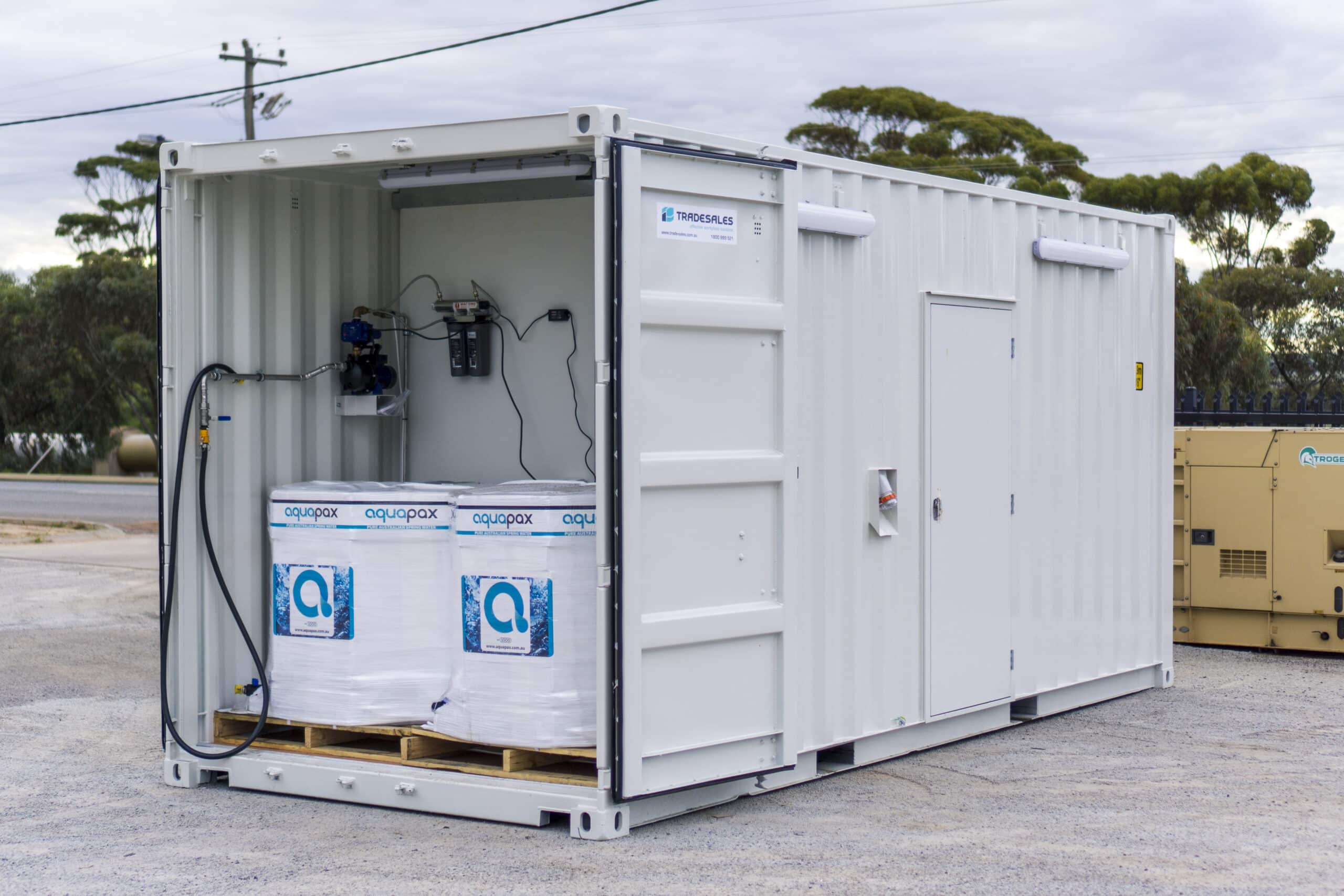With the recent confirmation of an El Niño summer, Australia is gearing up for a season of extreme heat.
From bushfires to bad sunburn, Australians are no stranger to the risks of a hot, dry summer.
And working in such harsh heat, as is often the case in the mining industry, can prove especially risky.
Experts warn the oncoming El Niño cycle, combined with the impacts of climate change, puts workers at risk more than ever of heat stress, which can lead to exhaustion and even heat stroke.
Mining is particularly susceptible, with temperatures approaching 50°C in some remote areas of Western Australia and the Northern Territory.
Drilling, blasting, welding and working near smelters or furnaces are just some of the ways heat can quickly get dangerous on a mine site.
With heavy personal protective equipment (PPE) trapping body heat and quickly raising core temperatures, whether underground or on the surface, miners face off with heat on a daily basis.
In addition, in the case of fly-in, fly-out (FIFO) miners, the nature of the work means people are not given time to get used to the often-drastic change in temperature between home to the site, a shock to the system that could prove dire.
When you combine all of those factors with the fact miners often work in the some of the hottest and most remote areas of the country, access to fresh, cold water and a place to cool off is essential.
And that’s where Tradesales comes in. The company’s Hydration Station is designed to provide easy access to clean drinking water for workers in remote or temporary worksites.
The Hydration Station is a fully insulated 6m container equipped with a high-powered air conditioner to keep staff cool and hydrated. It can be connected to the mains water supply or can accommodate up to four Aquapax 1000L water pods for remote sites.
The Hydration Station has been designed to meet the stringent requirements of Tier-1 mining companies, including electrical, documentation and food-grade plumbing and water filtration.
“On top of providing water, the Hydration Station is also equipped with ice machines and air-conditioning, allowing team members to catch their breath and take a well-deserved moment out of the sun,” Tradesales operations and workshop coordinator David McEwen told Safe to Work.
“The Hydration Station has been field-tested on some of the most challenging sites by Rio Tino, BHP, Thiess, Woodside and more.
“These operators have a duty of care to provide ample amounts of safe drinking water as ordered by the relevant state mining regulators.”
Government regulations across the states require mine operators to take appropriate measures to mitigate the harmful effects of heat stress on workers.
Preventing heat stress and dehydration in the workplace is paramount in the resources sector, where workers are often handling huge equipment on a massive scale. Accidents due to impaired cognitive function from heat stress can have disastrous consequences.
When Newcrest ran a random test of 150 shutdown workers in 2019, it found up to one-third were not adequately hydrated at the start of their shift and three per cent were so dehydrated they needed to be stood down from work or receive medical attention.
That is four people who were so dehydrated that they were no longer able to work and needed see a doctor.
“The Hydration Station goes beyond hydration by providing a comfortable rest and respite area close to the work site,” McEwen said.
McEwen emphasised implementing the Hydration Station is a proactive measure that promotes the wellbeing and safety of mining personnel.
“In extreme conditions, workers can lose up to a litre of fluid every hour, leading to a rapid decline in physical and cognitive function,” he said. “The Hydration Station ensures that workers stay hydrated, reducing the risk of accidents and injuries.
“In addition to refilling water bottles, workers can cool down, catch their breath, and take short breaks. This not only improves worker morale but also enhances productivity by reducing downtime.”
The Hydration Station’s portability means it can be strategically placed near worksites and easily taken apart and moved as required.
“Portability is essential when the number of people increases on a site for a short time, such as for a shutdown or construction project,” McEwen said.
While the company has a range of standard designs, the Hydration Station is fully customisable to the specific needs of a mine and its workers.
“Its modular design is highly customisable, with options for additional features like glass-front fridges, freezers for electrolyte icy poles, and bench seating,” McEwen said.
With climate concerns and a net-zero target looming, there is a greater focus in the mining industry on implementing greener technology.
The Hydration Station is one way to increase the environmental awareness by encouraging the use of reusable drink bottles.
In July 2021, iron ore giant Fortescue said it would prevent more than 8000 pieces of plastic from going to landfill each day by removing single-use plastic drink bottles from its worksites.
With hundreds of thousands of miners working across Australia, eliminating single-use plastic waste is a mammoth achievement for sustainability.
The Hydration Station can be connected to both mains water for workers to refill drink bottles and Aquapax 1000L pallet water pods, which reduce plastic waste by up to 80 per cent and minimise transport by 50 per cent.
Due to the extreme working conditions miners often face – the blazing heat and dry climate of remote mining locations – the Hydration Station is an ideal fit for Australian mine sites.
It may sound simple, but cooling off and staying hydrated saves lives.
Article originally published in November issue of the Safe to Work magazine.

